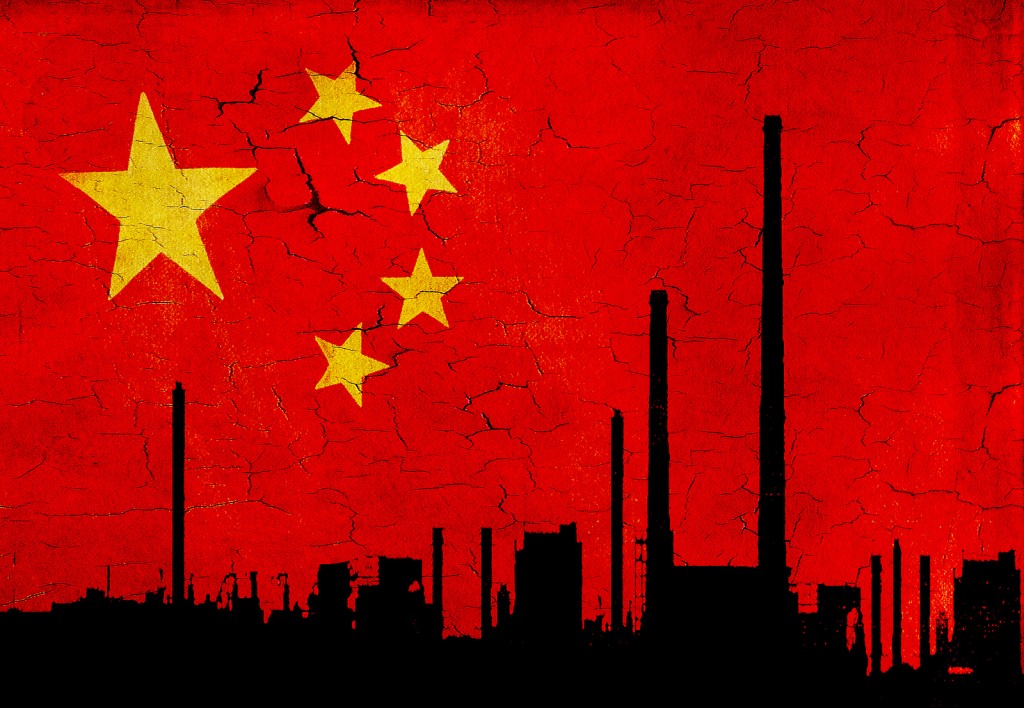In the recent days the media has been flooded with news regarding to China’s Manufacturing slowing down, but what does it really means?
China’s PMI report was released at the beginning of the month and it showed some data that has been concerning people from all over the world, the Caixin’s Purchasing Managers’ Index (PMI) – a key private economic indicator on Chinese manufacturing – dropped to 47.8 in July, indicating that the downturn in the sector intensified at the start of the third quarter. Released on August 3, the figure was below the 49.4 registered in June and the weakest reading since 47.7 in July 2013.
For explaining quickly how does the PMI measures the manufacturing activities, 50 or higher data manifests growth on the manufacturing activity, while a number below 50 represents contraction of the manufacturing activities, this index also takes other series of factors to determine the final number: New Orders, New Export Orders, Employment, Backlogs of Work, Output Prices, Input Prices, Stocks of Purchases, Stocks of Finished Goods, Quantity of Purchases, and Suppliers’ Delivery Times.
Is also everywhere in the news that China is slowing down not only in the manufacturing sector but on the GDP forecasts, to a target close to 7% of growth something that might seemed rare a couple of years ago when the country was on the peak of it’s manufacturing pace. But we need to look at the whole picture here to understand it’s implications.
When we say that China is slowing down it’s growth we need to emphasize that is when we talk regarding to china’s manufacturing as this does not mean that China is slowing down in other areas. Proof of this is the recently launched, ambitious plan to create a megacity in the heart of China, bigger than New York City and capable to host more than 130 million people.
China is passing through a series of reforms targeted to morph the nation from a pure manufacturing and exports driven economy towards an economy mainly based on an internal market consumption and higher innovation manufacturing, aiming to transform the “Made in China” into a brand new “Created in China.
Proof of this is that in terms of intellectual property, Chinese patenting activity has been growing at an annual rate of 25% since 2004, according to data provided by Chemical Abstracts Service in “Pharmaceuticals Lead Chinese Patent Applications in 2014”. Indeed, patents in pharmaceuticals and food are at the top of the list: The megacity is only the tip of the iceberg; the government must ensure that a country as vast as China is healthy and well fed. This is closely followed by patents in the energy area, where, as the largest consumer of energy in the world, China has seen its patent output influenced by research in fuel cells, insulators, etc.
In few words China is focused on driving change in its economy to ensure that prosperity is built increasingly on innovation.
Headwinds
But although the current drop in China’s manufacturing may have been due to temporary factors, economists warn of a bumpy road ahead for the sector. Sandra Heep, head of the Economic Policy and Financial System program at the Berlin-based Mercator Institute for China Studies (MERICS), says the latest PMI figures underline that China is currently undergoing a difficult phase of economic restructuring.
“China’s export sector is suffering from rising wages, a stronger currency and subdued global demand. At the same time, domestic demand is also weak, putting China’s manufacturing sector under a lot of pressure,” Heep told DW.
The Chinese government therefore “will need to use more monetary policy stimulus through more policy rate cuts as well as further fiscal stimulus measures to stabilize the Chinese economy in coming months,” the expert argued.
However, analysts say there are also limitations in terms of the government’s ability to provide fiscal stimulus for rejuvenating manufacturing growth. China recently unveiled a sweeping national strategy designed to enhance manufacturing competitiveness that will be for sure included in the new 5 year plan to be released in October.
Enhancing competitiveness
Tackling the poor outlook for the country’s manufacturing – a key industry that has largely driven China’s economic rise over the past three decades – is high on the agenda of the nation’s policymakers.
This is especially the case after China’s cabinet, the State Council, recently unveiled “Made in China 2025” a sweeping national strategy designed to enhance competitiveness in this sector through automation and overall improvement in technology.
It is part of a Chinese vision of an economy driven less by exports and investment and more by services and smart industrial production.
The 10-year strategy involves moving the Chinese economy away from labor-intense and low-value production towards higher value-added manufacturing, and includes plans to improve innovation, integrate technology and industry, strengthen the industrial base, foster Chinese brands and enforce green manufacturing.
China is on a quest to become the global leader in science and technology, and the government will provide the means to the Chinese industry to achieve this.

